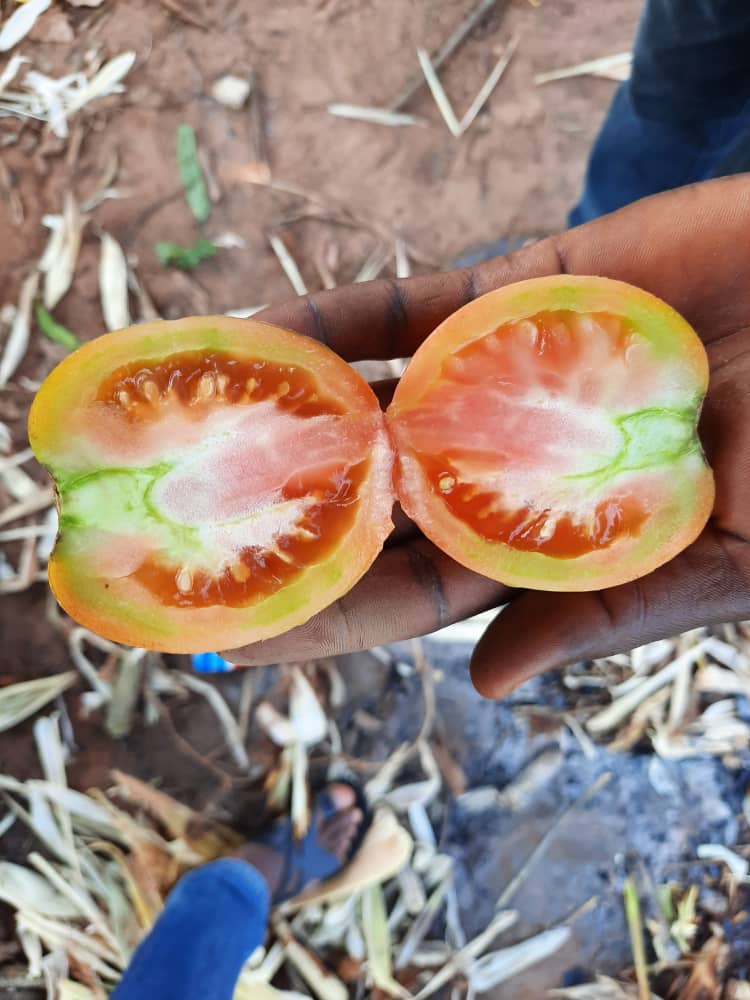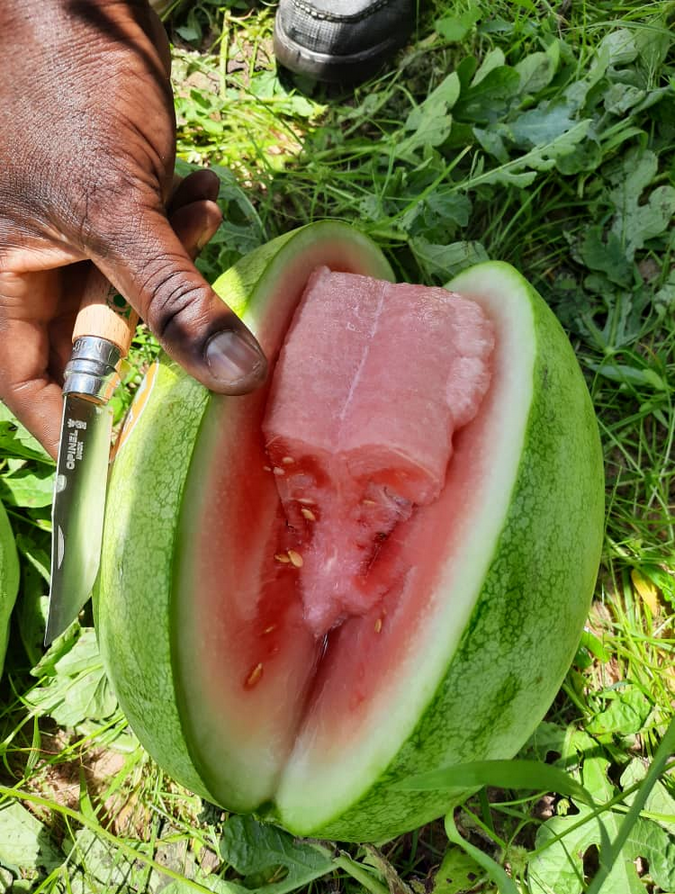Carrots are a widely cultivated species for their fleshy and edible taproots. It is very important to choose good certified seeds first. Since its germination is slow and its seeds very small, it must be sown in, light, loose, decompacted soils, 20 to 30 cm deep with adequate tools. The presence of obstacles in the soil causes an increase in the rate of misshapen roots at harvest.
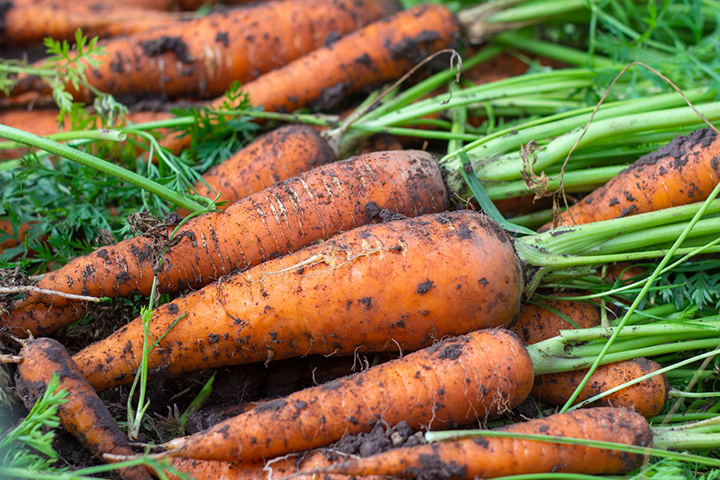
It is important to add fertilizing agents to of the soil, which must be made up of well decomposed organic matter and a mineral fertilizer rich in phosphorus accompanied by trace elements to better enrich the soil. Avoid fertilization that is too rich in nitrogen as an excess of it, can have a negative impact on the crop, such as strong leaf vigor to the detriment of root production. To promote germination and development in good conditions, sowing should be done on raised ridges of 15 to 20 cm in height to provide a good seedbed.
It is necessary to know that there are three methods of sowing that are:
- Flow seeding, which is the least recommended method because much more seed is used in this case and the density is not controlled.
- Manual row seeding, which consists of sowing in furrows 1 to 1.5 cm deep and spaced at a maximum of 20 to 30 cm apart, in which the seeds are placed. Better than broadcast seeding, this method of seeding requires more time and does not exclude a removal of excess seedlings at their emergence.
- Mechanical seeding, which is done with a precision disc seeder. It is a matter of choosing the appropriate disc that determines the density and pouring the seeds into the seeder. This seeding allows to save time and to have a good homogeneity at the emergence.
NB: It should be noted that sowing carrots too far apart is not recommended because it favors a heterogeneity of the plot at emergence which will have a negative impact on the yield. A too dense sowing is also to be avoided in order not to lose too much time and manpower on the thinning at emergence.
The thinning intervenes 3 weeks after sowing when the seedlings reach a span of 4 to 6 cm height approximately. It consists in eliminating the tightly packed plants to maintain a distance of 5 to 8 cm ideally between each plant. A second pass can be done 2 weeks later if needed if the carrots are still tight. The purpose of the thinning is to promote a good growth of the roots which contributes to the assurance of a good harvest.
All this work must be accompanied by a well controlled irrigation. The carrot goes through 3 crucial phases during which irrigation must be well controlled. As soon as the carrot is sown, everything must be done to maintain a good soil humidity which will favour a good and homogeneous germination. From the emergence to the stage when it reaches the size of a pencil, it is necessary to review the volume of water a little more while taking care of the excesses.
At the stage of root growth it is necessary to increase the volume of water so as to avoid any drought around the lowest parts of the root.
Nous rejoindre sur Facebook
Télécharger l'application Technisem
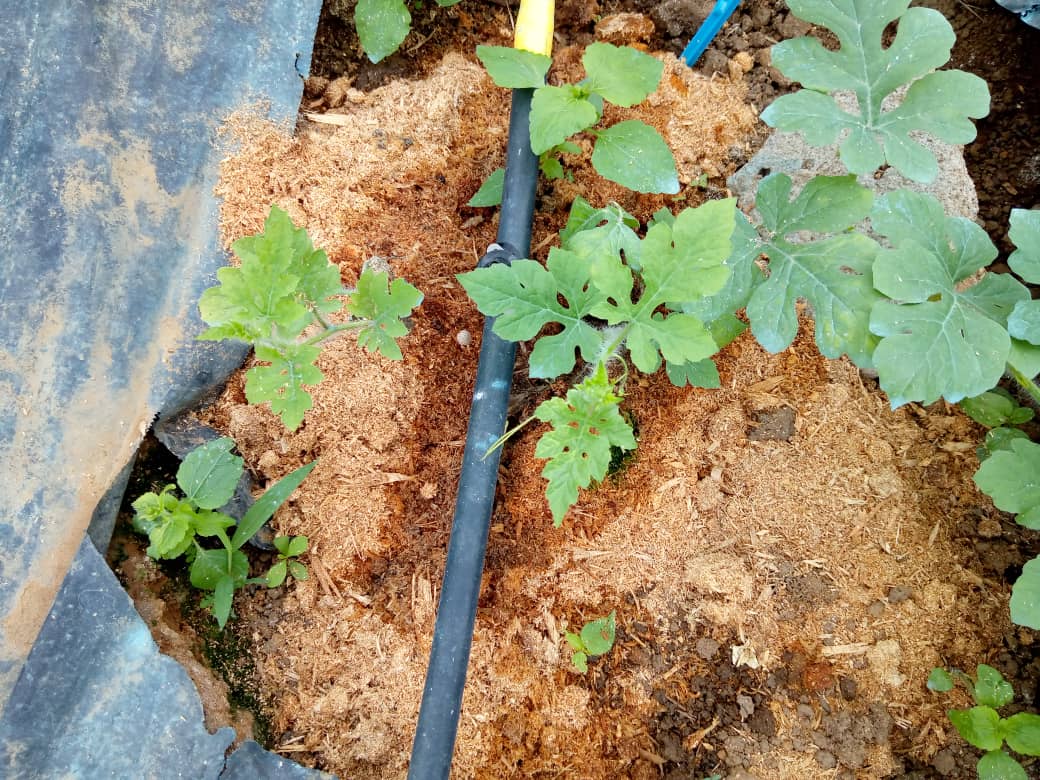
Mulching is a technique that involves covering the soil around plants and other cultivated vegetation with mulch. It involves covering topsoil with plant or synthetic material such as leaves, grass, twigs, crop residues, straw, plastic film, stones, etc. Mulching has a number of advantages: firstly, it helps to mitigate the effects of excessive heat and dry ground. It helps to retain rainwater and regulate it in the event of heavy downpours. Finally, it helps to avoid temperature variations and maintain a more even temperature at ground level.
Mulching also offers another, not insignificant, advantage: it limits the development of weeds, and therefore the chore of weeding. Some more difficult weeds will still manage to get through the mulch. They enrich the soil with organic matter and provide refuge for beneficial insects and microorganisms. The various types of mulch help to reduce erosion caused by rain and wind, which can lead to crusts on the surface of the soil.
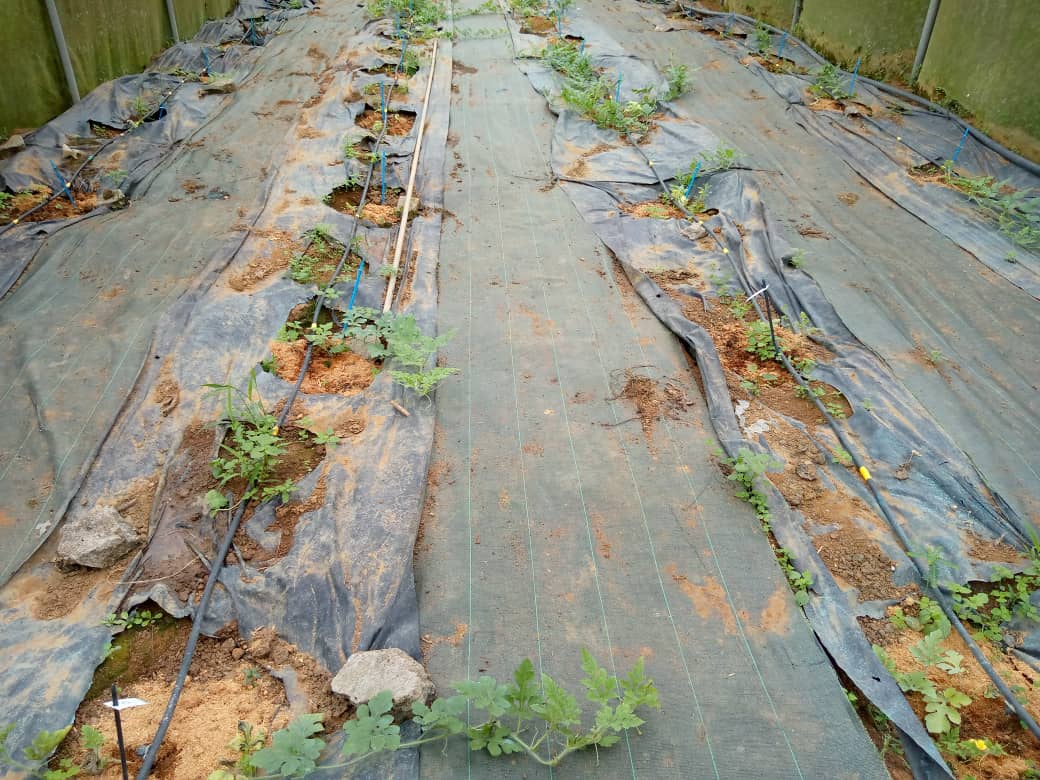
Mulching also limits water evaporation and keeps the soil cool. So it’s very beneficial in the hot season, and will keep your plants healthy. Last but not least, mulch adds an aesthetic touch to a flower bed or vegetable garden. There is a wide range of mulches, divided into three types:
• Organic mulches: this type includes crop residues, cover crops and plant material from tree or hedge pruning (small branches, cuttings, twigs, sawdust, etc.).
• Mineral mulches: these keep the soil warm, and are best suited to crops that like it hot. Examples include pottery debris, clay balls, pozzolana and crushed slate.
• Synthetic mulches: these are effective mulches. They are used to block out weeds. Plastic mulch cloths prevent natural elements such as dead leaves from enriching the soil. Over time, your soil may become less rich in nutrients. There are biodegradable mulchcloths that crumble over time, providing essential elements for your crops to thrive.
Nous rejoindre sur Facebook
Télécharger l'application Technisem
Spotlight : Sweet pepper CORONADO
- agritropic news
- Hits: 7131
Hybrid sweet pepper for green house
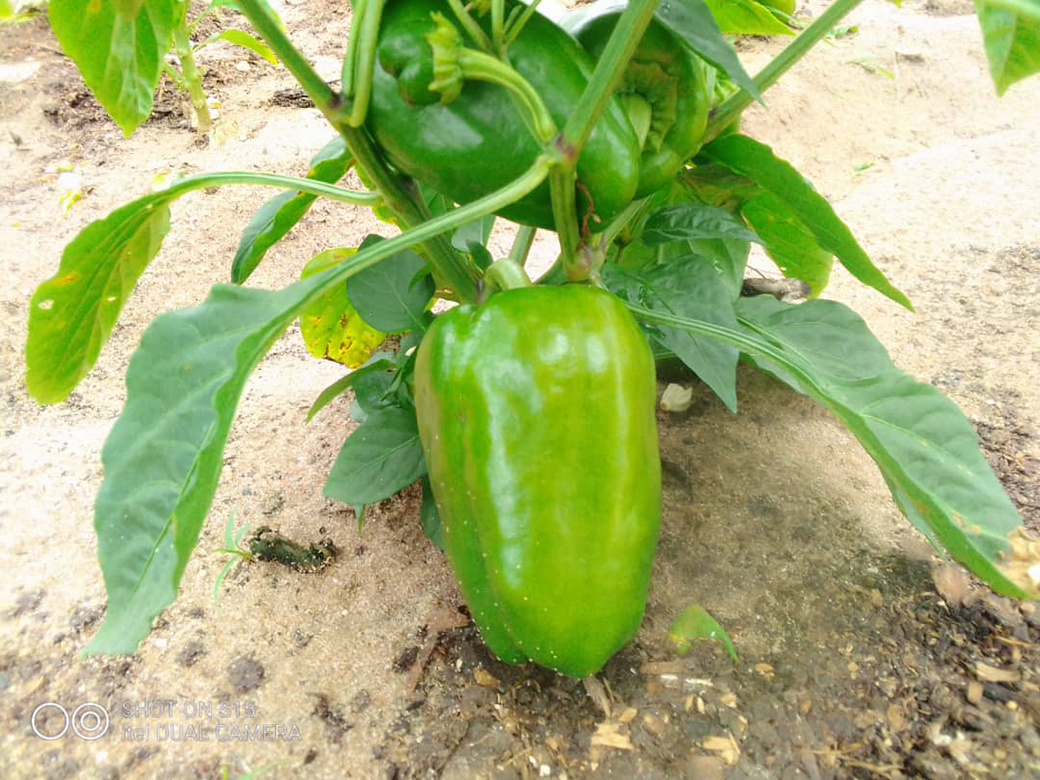
Breeded especially for green house variety. Sweet pepper CORONADO is the solution to face a large number of virus due to its
large desease resistances (TMV, PVMV) et tolérances (CMV, PVY). This genetic allows to produce attractive and firm fruits with a
variety adapted to the specificity of green house culture.
• Excellent canopy
• Erected
• Excellent vigor
• High yield potential
• Shape 1/2 long: 12 x 8,5 cm
• Average weight: 120 grams
• Medium green to red with maturity
• Good firmness• Very early (60 - 65 jours)
Tolerances
• TMV(0) (HR)
• PVMV (HR)
• CMV (IR)
• PVY (IR)
Nous rejoindre sur Facebook
Télécharger l'application Technisem






